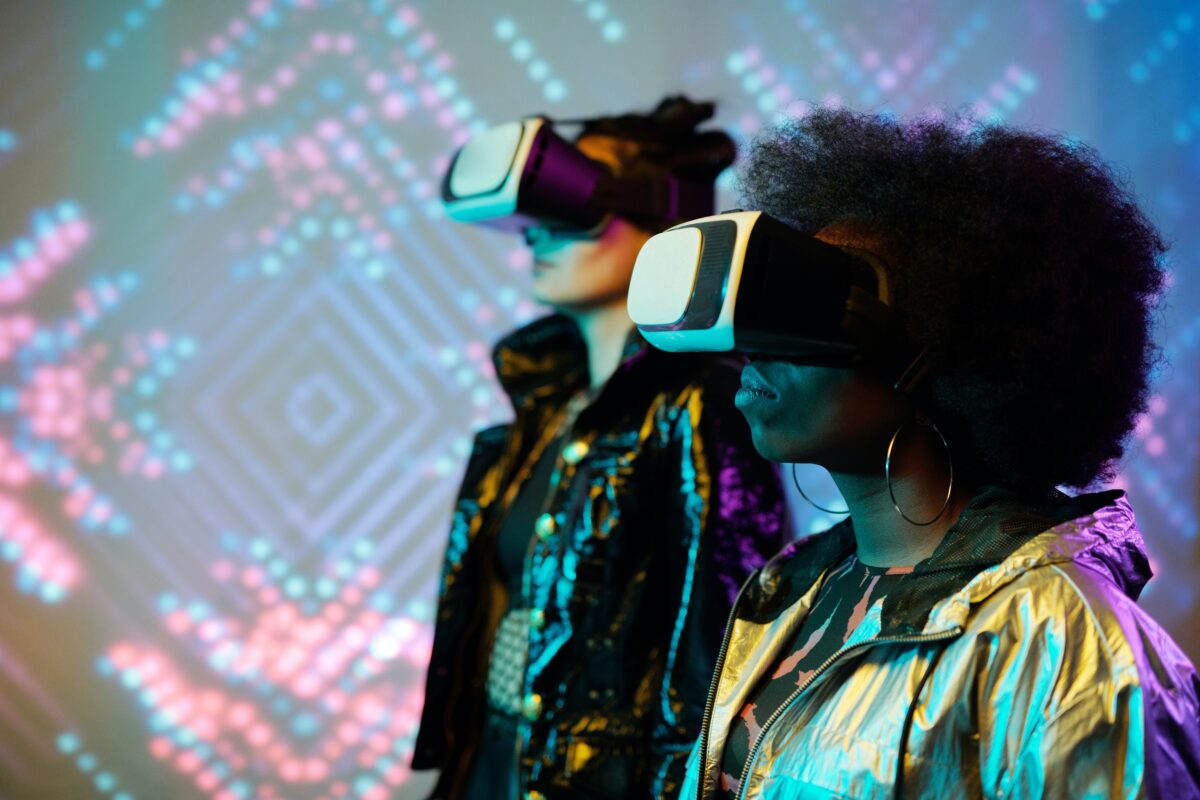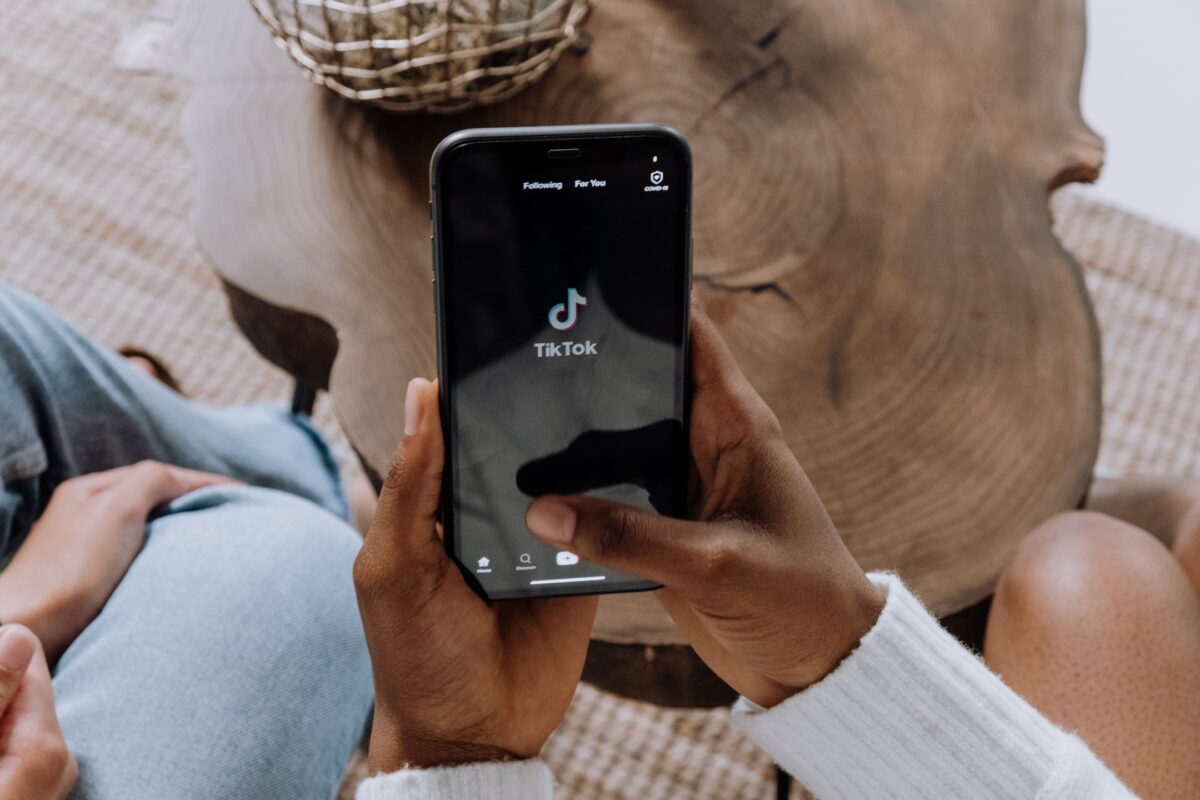Recently many studies and articles emerged that talked about the decline of empathy. A common measure of empathy, a questionnaire, which has been completed since the late 1970s by hundreds of thousands of people has provided evidence for the collective loss of empathy. Shockingly, the average American in 2009 is 75% less empathic than in 1979. This troubling drop is supported by multiple studies. But what actually is empathy?
Empathy is the ability to understand and share someone else’s feelings. Simply put, it is the skill to walk in someone else’s shoes. It is regarded as one of the most fundamental skills of humans. Empathy allows people to communicate, establish and maintain relationships and most importantly to peacefully overcome conflicts. It empowers people overcome the powerful psychological instinct to divide into “us” and “them” and instead view “you” and “I”. People begin to see outsiders as people instead of symbols of their group. Therefore, it is a great skill to overcome divide and the amazing thing: Empathy is free! If one is not convinced that caring for others is a good thing, one should give empathy a chance for purely selfish reasons. Ironically, by caring for others one can feel greater happiness, experience less stress and even greater professional success.
It is clear that empathy is a skill that is lacking in today`s world. However, the causes for the decline of empathy are not certain. Leading researches at Stanford University assume it is because people are not interacting face to face anymore. To be empathetic, one must learn to read others’ faces. Today we communicate via Facebook, text, and online chats most of the time, leaving no time to practice reading other peoples’ faces. Does that mean we have to get rid of technology? In short: no. People are not born with the ability to empathize. It is a skill that one must develop, and virtual reality (VR) can help.
Empathy is a cognitive effort. One, must imagine what it is like to be someone else and yet is still limited by one’s own biases and stereotypes. VR eliminates the cognitive effort and increases accuracy as one’s stereotypes are taken out of the scenario. Thanks to VR it is possible to walk in someone else’s shoes. The technology allows one to become a different gender, a different age, differently-abled or have a different skin color. However, when asked if VR creates empathy Jeremy Bailenson, Stanford professor and leading VR and empathy researcher replied: “My answer is that VR creates experiences. Experiences can cause empathy, but it depends on what you’re doing. Think about video or the written word. Neither automatically creates empathy, but each can if a piece is crafted carefully.” Further he explained that VR is not a magic tool that works every time. However, across all his studies VR outperforms control conditions (e.g. reading case studies, role play). Moreover, he discovered that to leverage VR the simulations should be paired with movements. In one of his studies participants had to lift objects in VR and put them in piles based on color. One half of the participants’ VR experience was altered so that they were colorblind. For them, the task was nearly impossible, while the control group experienced the task as annoying but doable. Afterwards, all participants were asked to help find websites that would be hard to read in the real world. The impaired group spent almost twice as much time helping others.
Long-term impact of VR experiences on empathy are unclear yet. However, many studies do show impact and rise in empathy after VR experiences. This offers many use cases. The VR company Shift advocates for VR’s use in healthcare education. It is more cost-efficient, more effective and faster for students to learn and implement critical new skills. Apex offers VR to train police officers using VR for realistic de-escalation and crisis intervention simulations. A different use case that can be applied to many industries is unconscious bias training. PwC uses a VR-based implicit bias training where employees learn to make inclusive hiring decision and point out instances of discrimination. Feedback of participants using the VR training showed that they had a stronger emotional connection to the training content and were more confident about their takeaways from the training.
There are many more uses cases of VR to foster empathic behavior, regarding many social issues, such as homelessness, racial biases and people’s attitude towards climate change.
What do you think, is VR the antidote? Will it make people more empathic and care about others? Do you think it will become a staple teaching method in education?
Sources:
https://www.economist.com/open-future/2019/06/07/how-to-increase-empathy-and-unite-society
https://www.chcp.edu/blog/loss-empathy-society-today
More insight:
https://www.youtube.com/watch?v=6GwLxp0STow


